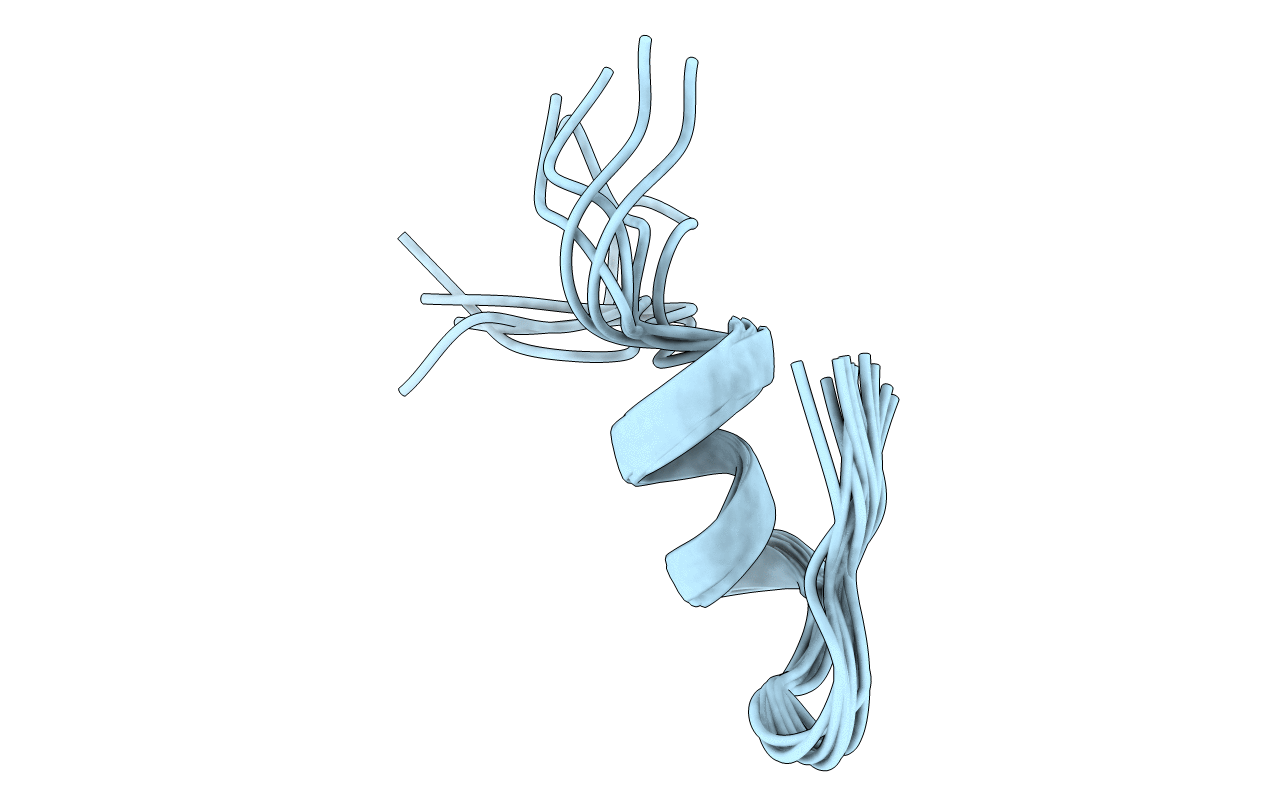
Deposition Date
1994-09-06
Release Date
1994-11-01
Last Version Date
2024-10-23
Entry Detail
PDB ID:
1SRB
Keywords:
Title:
CONFORMATIONAL STUDIES ON SRTB, A NON-SELECTIVE ENDOTHELIN RECEPTOR AGONIST, AND ON IRL 1620, AN ETB RECEPTOR SPECIFIC AGONIST
Biological Source:
Source Organism:
Atractaspis microlepidota andersoni (Taxon ID: 8600)
Method Details:
Experimental Method:
Conformers Submitted:
10


